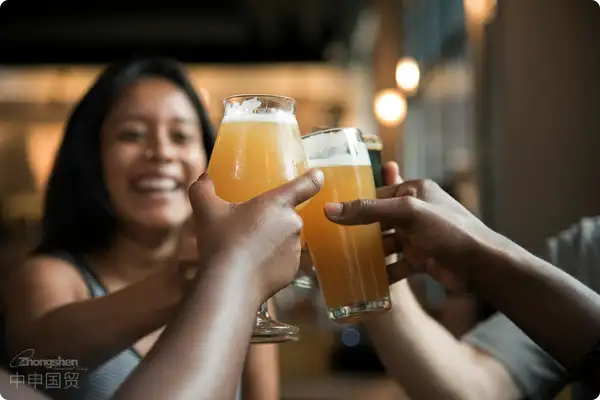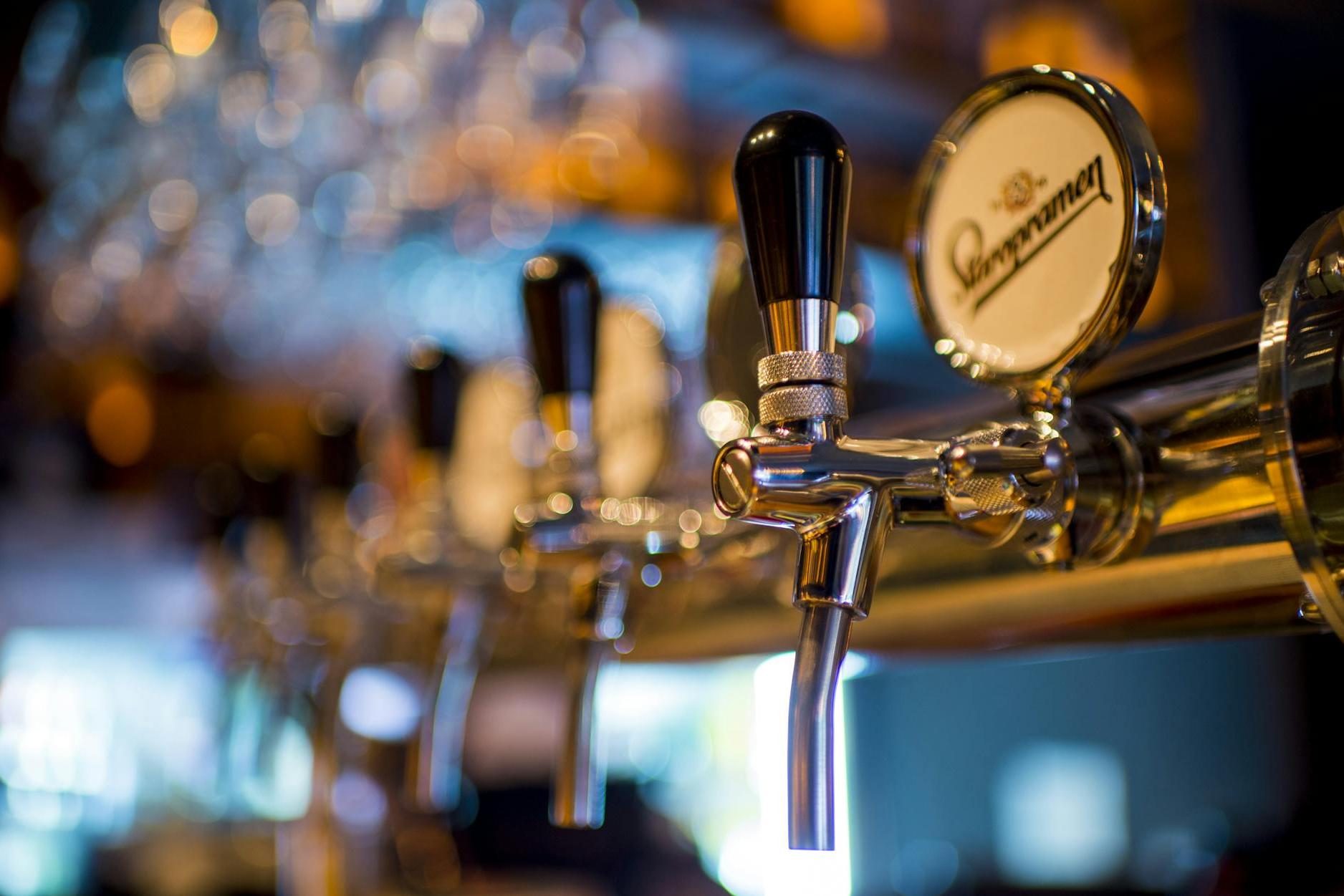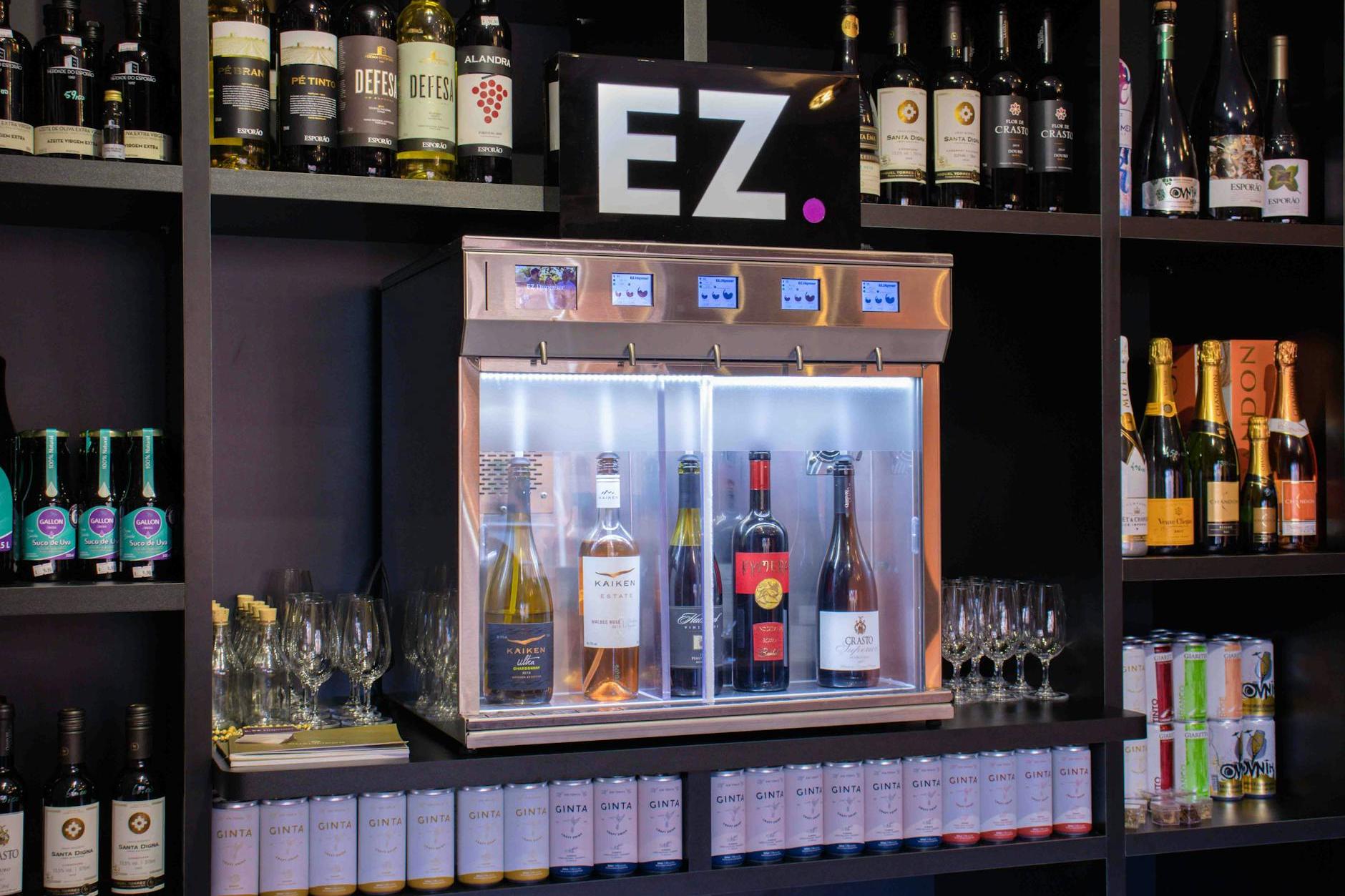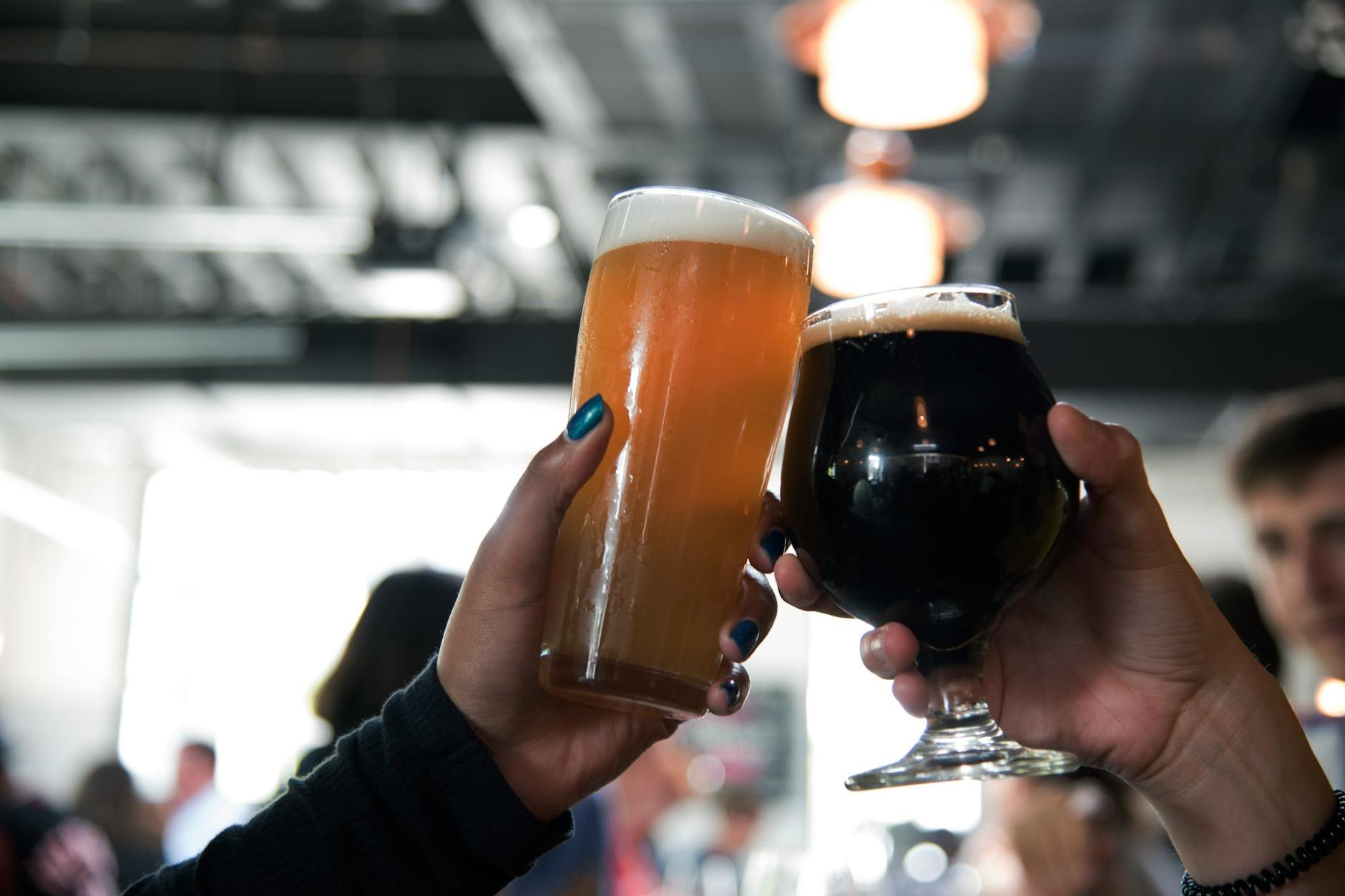- Shanghai Zhongshen International Trade Co., Ltd. - Two decades of trade agency expertise.
- Service Hotline: 139 1787 2118

When Craft Beer Meets Chinese Customs
In the first quarter of 2025, China's imports of craft beer increased by 18% year-on-year, but 37% of the shipments were subjected to inspection during their initial declaration. As a seasoned veteran in the food import industry, I often see enthusiastic entrepreneurs who only start researching HS codes after their containers arrive at the port—this is like bringing raw steak to a cooking competition, where the outcome is already predetermined.
Choosing an agent isn't like picking a restaurant—qualifications are what truly matter.
Truly ProfessionalImport RepresentationThe most prominent spot in the office is always reserved for three documents:
- Food Circulation License (Duplicate): Note that the issuing authority must include the "alcohol" business category.
- Customs AEO certification:Priority is given to advanced certified enterprises, with the inspection rate potentially reduced to 20% of that for regular enterprises.
- List of Registered Overseas Manufacturers for Imported Food: Only those who can immediately display the registration number of the cooperative winery are reliable.
Three temperature zones in supply chain management
Craft beer is extremely sensitive to temperature fluctuations. We once used an infrared thermal imager to track the transportation process of a certain Belgian brand:
| Transportation link | Ideal temperature | Common mistakes |
|---|---|---|
| Maritime TransportationParagraph | 4-8℃ | Not required to provide temperature curve records from the shipping company. |
| Bonded warehousing | 15-18℃ | Use a regular constant temperature chamber instead of a light-proof chamber. |
| Last-mile delivery | ≤25℃ | The clause "rejection due to temperature exceeding the limit" was not agreed upon. |
The "Three Primary Colors" Principle of Customs Declaration
Last year, we handled a typical case: Due to a declaration oversight, 2,000 cases of American craft beer were detained at the port for 47 days. The issue arose from:
- Determination of country of origin: Hops origin ≠ filling location ≠ brewery registration location
- Raw material labeling: Special additives (such as coffee, vanilla) require separate registration.
- Original factory certificate: The ABV (Alcohol by Volume) value must be completely consistent with the Chinese label.
The fine-print traps in those agency contracts
Recently, while reviewing contracts for clients, I discovered that some clauses are even more intense than the bitterness level of hops:
- The "tax-inclusive" clause may result in an actual tax burden 3-5 times higher than normal declaration.
- The vague definition of "end-to-end cold chain" makes it difficult to provide evidence for claims related to temperature exceedances.
- The hidden list of port miscellaneous fees may include outdated items such as canceled fumigation fees.
Craft beer is not a fast-moving consumer good; a slow business requires quick responses.
Last year, a certain emerging brand had to return its shipment worth 800,000 yuan during customs clearance due to failing to promptly update the new regulations on Australian wine imports. In fact, simply following these three steps could have avoided the risk:
- Monthly verification"Catalogue of Countries and Regions Permitted for Importing Alcoholic Beverages"Update
- EstablishFormula Pre-review Mechanism(especially experimental wine batches)
- ---Real-time Customs Clearance Progress Dashboard
Witnessing an increasing number of young people embracing the craft beer culture, as an industry veteran, I feel both gratified and nervous. Import trade is never just about the physical movement of goods; it's about building a secure channel with professionalism—after all, no one wants that bottle of craft beer that has traveled across oceans to end up as a "vintage treasure" in customs storage.
Related Recommendations
? 2025. All Rights Reserved. Shanghai ICP No. 2023007705-2  PSB Record: Shanghai No.31011502009912
PSB Record: Shanghai No.31011502009912










